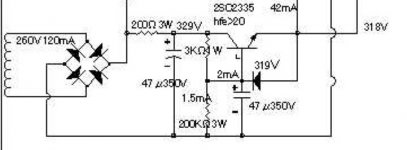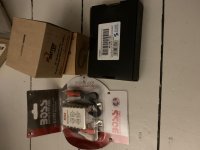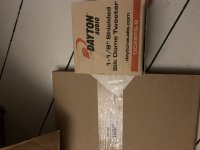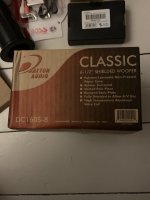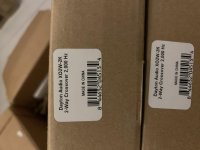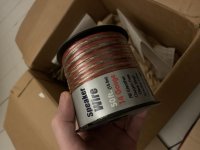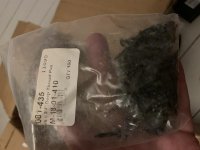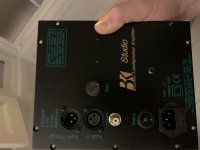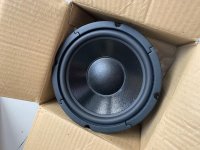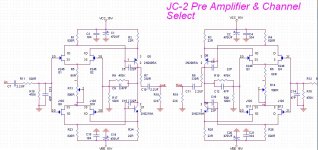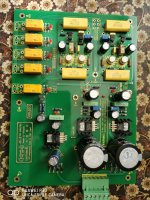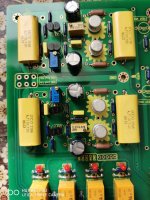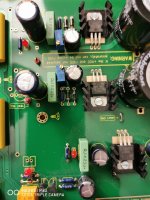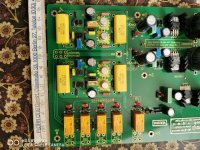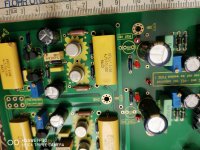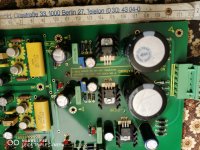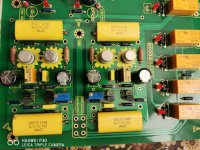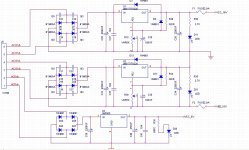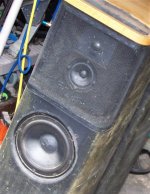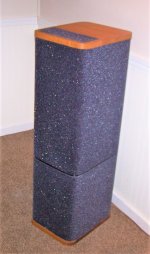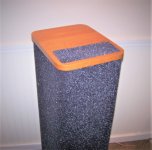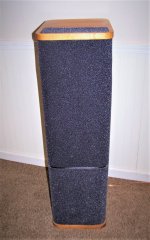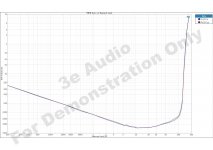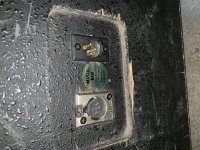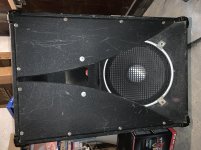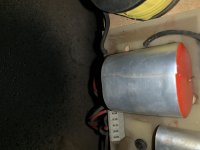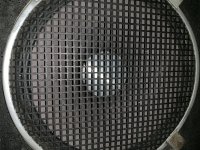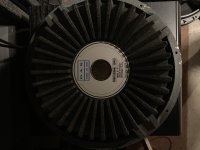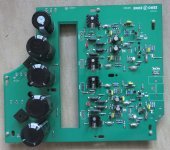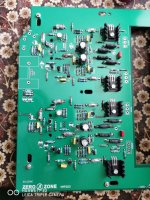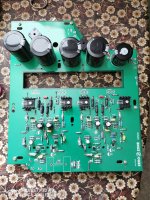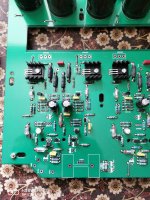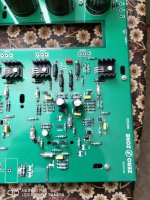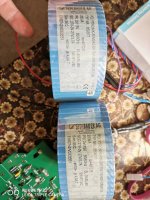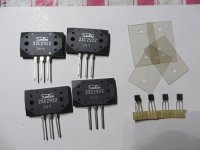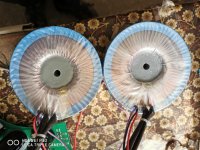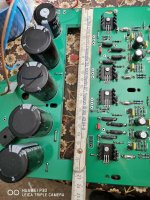To summarise what might be a longish post, I'm looking for a collaborator to design a pair of large format, wide-bandwidth studio monitors. As this is arguably not a pure 'DIY'/non-profit endeavour, professional/monetary considerations will be worked out before any input is sought.
I have introduced myself and what I'm about to say a few times before, but here I go again.
I run a music studio (with my partner at work), and I build audio studios for a living. My listening rooms rooms are very highly damped - known as 'non environment' or 'hemi-anechoic' rooms. There is little to no 'room gain'. An 8" studio monitor just about manages to do the job, but for any serious visceral impact/scale, a large format pair of speakers is a must. There are no large format monitors available at under $15K or so, and the expense increases significantly by the time it gets here to India.
So, I have been building large format speakers for some of my rooms - I have built 'Econowaves', 'Pi Speakers' and 'SEOS' based speakers from designs proven in the DIY world. For some of these designs, I have bought drivers and parts from abroad (Including an AE TD15H which my cat just destroyed and a pair of Exodus/Anarchy subs, the servicing of which is going to be a PITA).
Servicing and spares when I buy gear from abroad is a nightmare. And ant any time, your consignment may be held up at customs indefinitely, and you might be charged an arbitrary fee to get your stuff cleared.
As it happens, there are a number of 'Pro Audio' speaker companies represented in India. Eminence, B&C and Beyma I have used a few times before, I believe Faital Pro, BMS and a few others are also here... strangely, their pricing is competitive with USA/European pricing - possibly because of reduced customs levies on "spare parts", when imported by the distributors here who have an organized system of dealing in larger quantities. These guys have warranties, spares, repair centres etc., so working with what is available locally is a much more viable option.
Even though I am proud of the speakers I've built as they are working hard everyday in a few studios, I know that they all have serious flaws, and I don't have the bandwidth or wherewithal to really "design" a pair of serious speakers.
I have been working on a few ideas (driver/electronics combinations) and I am putting together a document detailing what I have found so far, what I am looking for and what I am willing to offer.
The design will be of a tri-amp'd DSP driven system capable of putting out at least 110 dB continuous, at a cost of <$3K in parts (including electronics), per pair.
Full disclosure - I wrote to Troels G who politely declined. I wanted to approach John of Zaph Audio, but I didn't, because he has made it publicly clear that he doesn't want to be contacted. I want to reach out to "GM" (who always makes valuable contributions, my ideal collaborator!) who, it seems, also does not want to be contacted... so I have to go public like this!
Who will consider joining me in my endeavour? Either PM me or make me a recommendation for someone who might be interested... It should be obvious that the money and scale involved will not be big, but I believe my offer will be transparent and fair... so for somebody who is already an enthusiast and can spare some time, this would be a good fit...
Sincerely,
audiothings.


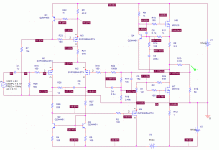
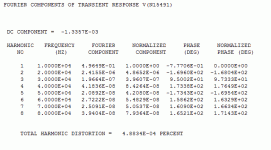


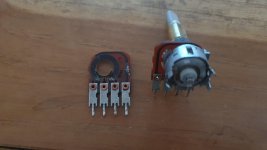
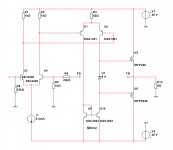
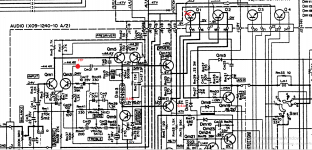


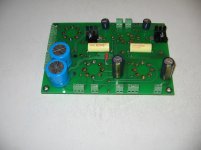
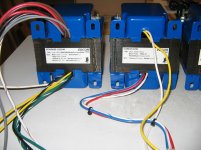
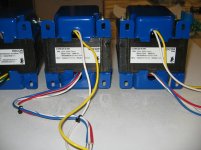
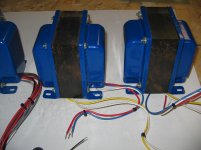
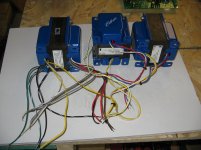
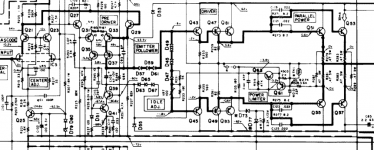
![IMG_2898[188].jpg](/community/data/attachments/779/779428-67466623dca49497ed096c3ea1ce28f2.jpg?hash=Z0ZmI9yklJ)
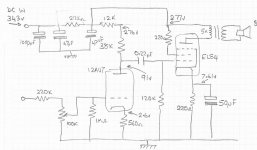
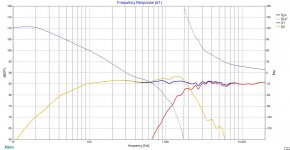
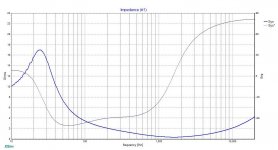
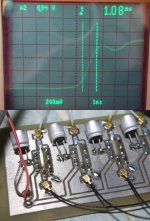
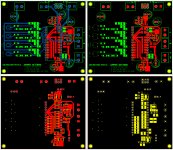
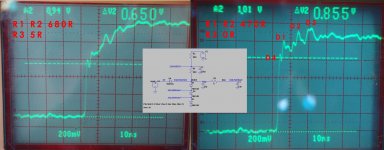
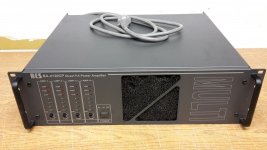
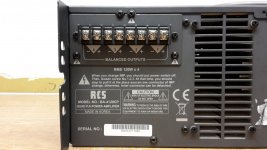


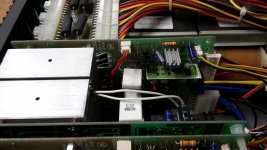
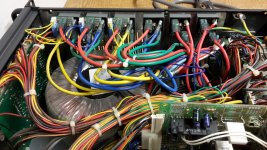
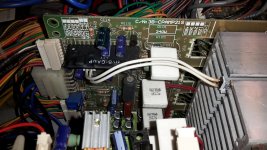
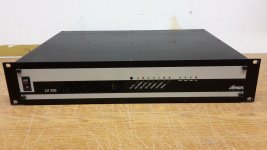
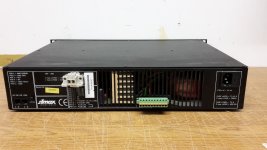
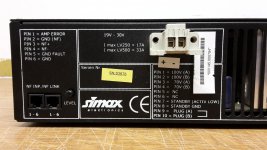
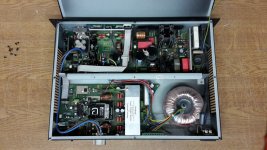
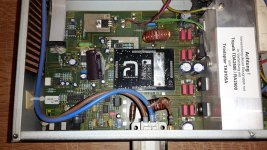
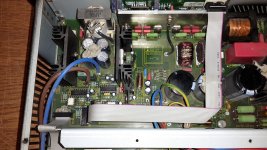
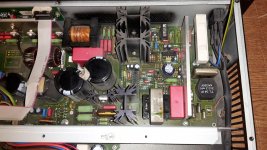
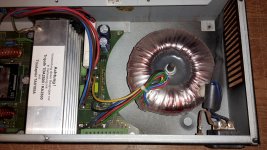

![[02] Four-Bar Linkage Model 800x605.jpg](/community/data/attachments/797/797243-20b91d4edeb6257ecee7310b4c528e55.jpg?hash=ILkdTt62JX)
![[01] Shure Fig 2 Horz Scrub 400x445.gif](/community/data/attachments/797/797245-65a2a3ce0fbe868f7e4c49ad74221d3c.jpg?hash=ZaKjzg--ho)
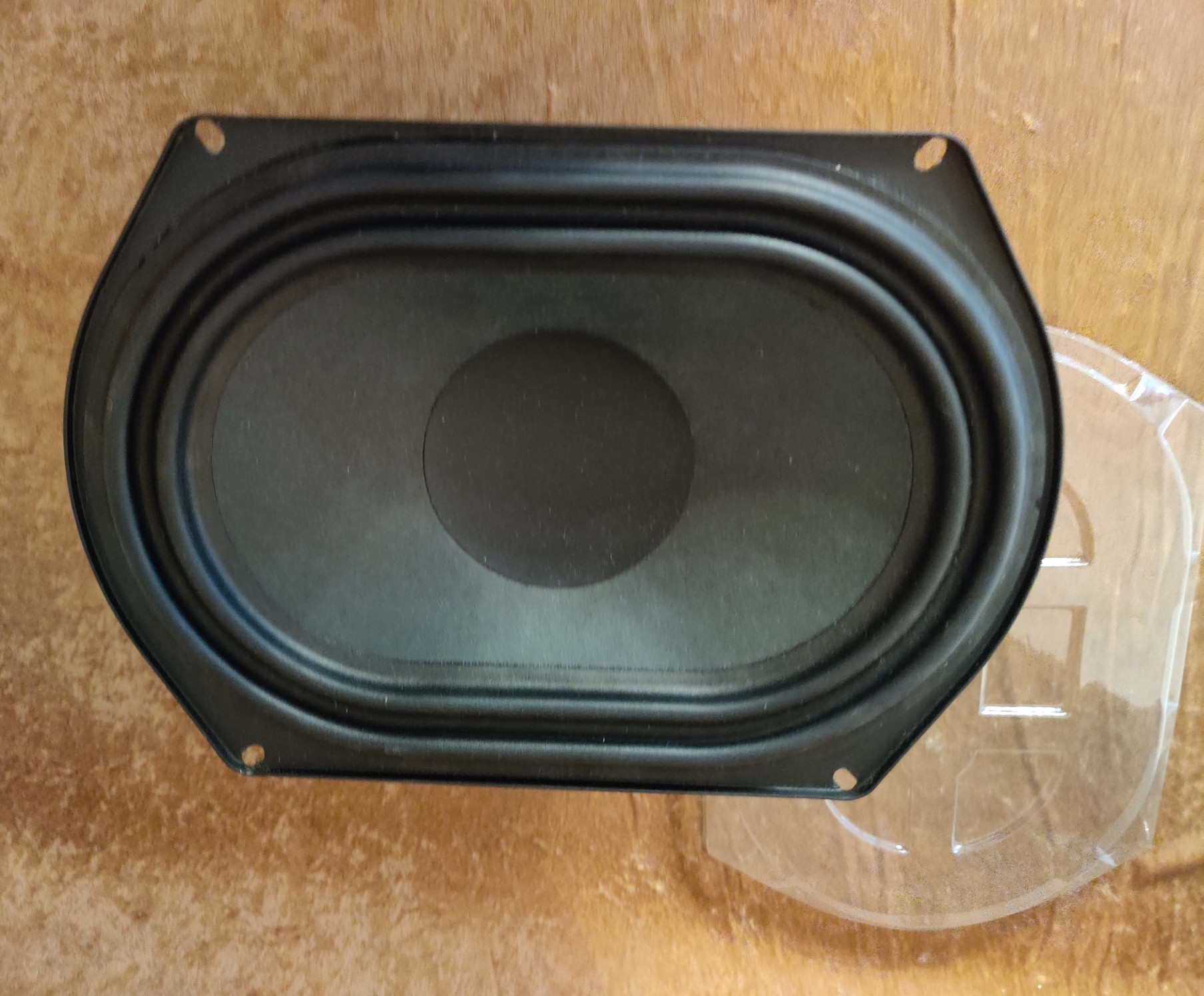

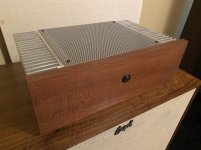
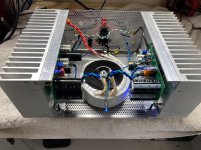

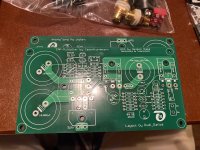
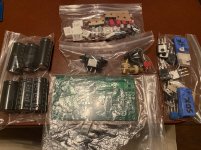
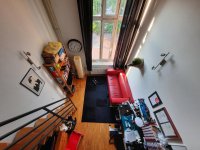
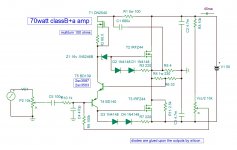


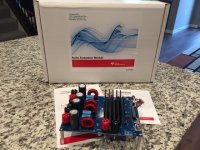



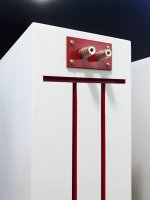
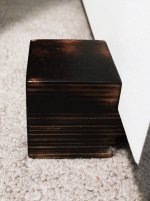
 for all.
for all.